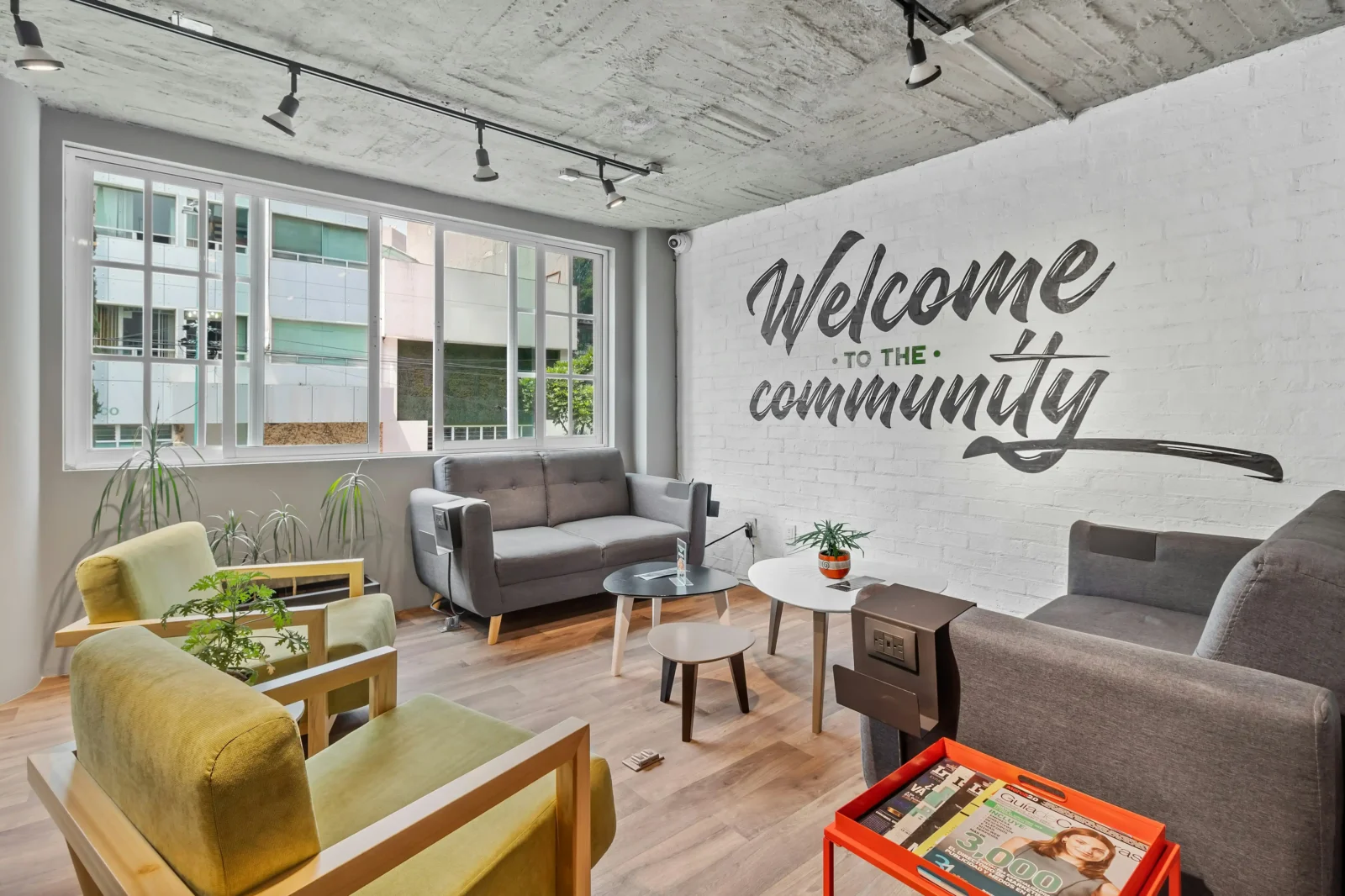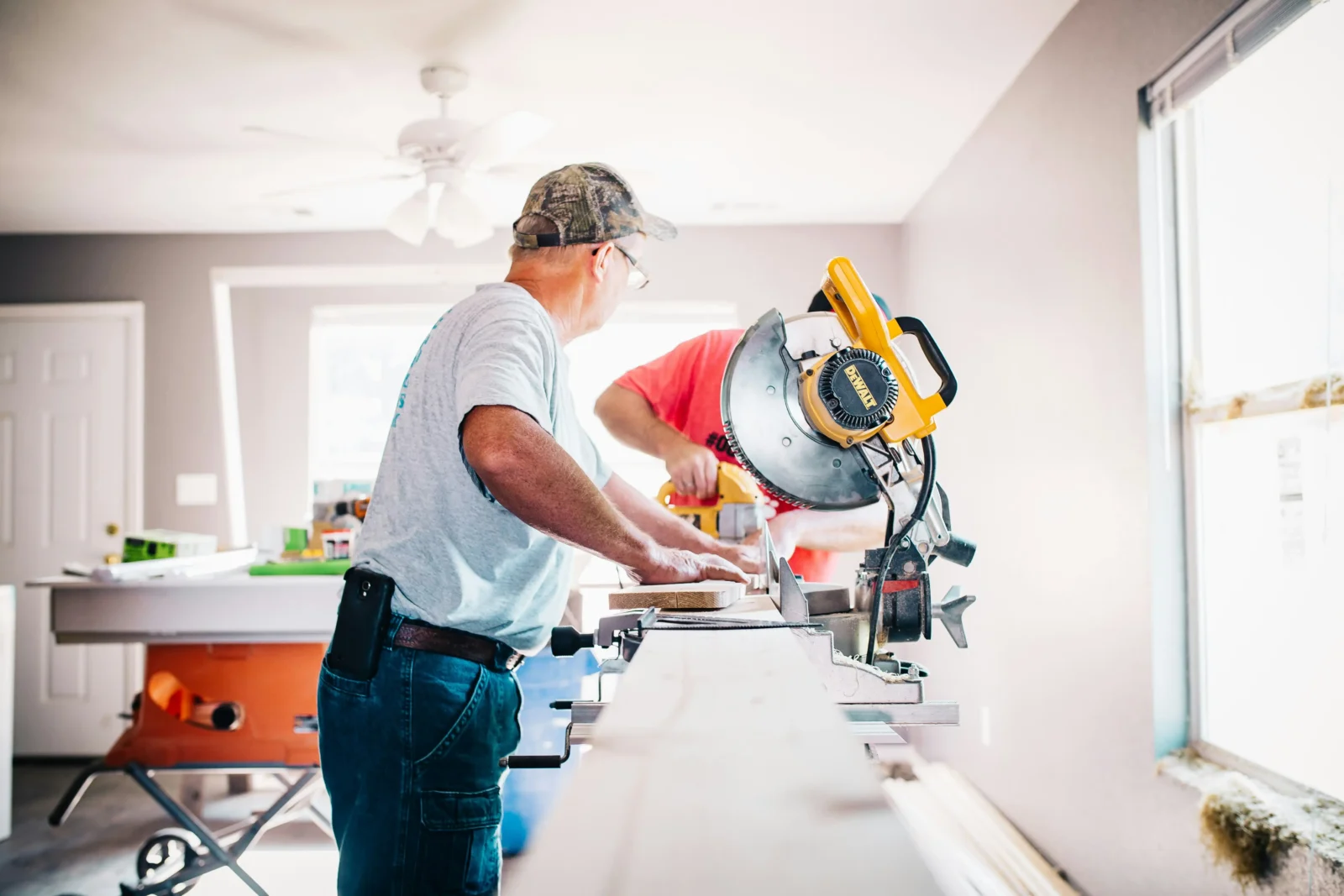- Home
- Articles
- Architectural Portfolio
- Architectral Presentation
- Inspirational Stories
- Architecture News
- Visualization
- BIM Industry
- Facade Design
- Parametric Design
- Career
- Landscape Architecture
- Construction
- Artificial Intelligence
- Sketching
- Design Softwares
- Diagrams
- Writing
- Architectural Tips
- Sustainability
- Courses
- Concept
- Technology
- History & Heritage
- Future of Architecture
- Guides & How-To
- Art & Culture
- Projects
- Interior Design
- Competitions
- Jobs
- Store
- Tools
- More
- Home
- Articles
- Architectural Portfolio
- Architectral Presentation
- Inspirational Stories
- Architecture News
- Visualization
- BIM Industry
- Facade Design
- Parametric Design
- Career
- Landscape Architecture
- Construction
- Artificial Intelligence
- Sketching
- Design Softwares
- Diagrams
- Writing
- Architectural Tips
- Sustainability
- Courses
- Concept
- Technology
- History & Heritage
- Future of Architecture
- Guides & How-To
- Art & Culture
- Projects
- Interior Design
- Competitions
- Jobs
- Store
- Tools
- More
What Occupancy Data Reveals About Workplace Use

In recent years, workplaces have experienced significant transformations. Businesses uncover invaluable information when they see how their areas actually get used. You can observe how people really use office spaces just by checking occupancy figures.
Table of Contents
ToggleUnderstanding Occupancy Data
Occupancy data refers to information collected about how spaces are used within a building. Collecting this specific information involves several approaches: automated sensors can detect presence, electronic access systems record entry, or human operators perform direct, physical tallies. By looking closely at this information, companies can really nail down how to use their square footage best.
Benefits of Analyzing Occupancy Data
Analyzing occupancy monitoring provides several advantages. First, you can make every square foot count for your business. Businesses can spot where things sit idle, then move those assets for better results. Imagine keeping more cash in your pocket while your team accomplishes more.

Good planning becomes simpler. You can then see your next steps more clearly. Pinpointing when everyone’s most active means you can schedule meetings and events way smarter. Crowds thin out, and employees will find their day much more pleasant.
Making the office comfortable? Occupancy data guides our choices. Companies watch how their spaces are used, allowing them to change lights, heat, and desks to fit what employees need.
Enhancing Employee Experience
A positive work environment contributes to employee satisfaction and productivity. Staff location data shows how people use their workspace. Armed with this data, companies can build offices where teams naturally connect and brilliant ideas easily come to life.
For instance, if data shows that employees prefer informal meeting areas, organizations can design more of these spaces. When companies match their physical spaces to what employees prefer, staff feel more involved and happier.
Supporting Flexible Work Models
The rise of remote and hybrid work models has changed how office spaces are used. The number of people in the building guides these changes. Fewer folks in the building mean you absolutely must track who’s actually using the space.
By reviewing this data, companies can actively pinpoint the ideal mix of working remotely and together in the office. Imagine knowing precisely how much room you need. You can then pick the perfect spots to give a whole new purpose.
Reducing Environmental Impact
Sustainability is a growing concern for many organizations. You can help the environment a lot by seeing how many people are using a room and figuring out exactly where and when people use a building. This can help businesses stop wasting so much power. You could, for example, turn off lights in conference rooms that sit empty all day.
For example, adjusting heating and cooling systems based on occupancy patterns reduces energy consumption. Think about that empty storage room or the equipment collecting dust. When we pinpoint these unused assets, we can redirect our budget and effort to where they’re most needed, cutting out a lot of pointless spending.

Improving Safety and Compliance
Safety and compliance are priorities in any workplace. Knowing who’s present keeps a place safe. To ensure everyone is safe and follows the rules, businesses monitor the number of people inside.
Imagine an emergency. Knowing how many people are here makes getting them out much faster. Your team feels safer because it helps trace who’s been in contact.
Challenges in Collecting and Using Data
While occupancy data offers many benefits, it also comes with challenges. People are really worried about their privacy, and employees may feel uncomfortable with constant monitoring. To calm their worries, we need to clearly tell people how we gather and use their information.
Keeping information correct also causes problems. If your facts are off, you’ll make poor calls.
Conclusion
Who’s in the office shows how we use the space. Understanding these facts lets businesses get the most from their offices. It improves how staff feel and allows for many work styles. Gathering who’s where can be tricky, but the clear gains in efficiency and planning are worth it.
You know how work keeps shifting? Getting smart with our data is how we build offices that work well and can roll with the punches.
illustrarch is your daily dose of architecture. Leading community designed for all lovers of illustration and #drawing.
Submit your architectural projects
Follow these steps for submission your project. Submission FormLatest Posts
Tips for Creating a Welcoming Home
A welcoming home creates comfort, warmth, and ease from the moment someone...
The Ultimate Home Maintenance Checklist for Every Season
Keeping your home in good condition throughout the year is much easier...
Common Disputes Handled by Estate Litigation Lawyers
According to the 2025 issue of the American Bar Association’s “Probate &...
Modern Japanese Architecture: Tradition Rewired for the Present
Modern Japanese architecture explained: how tradition meets innovation in light, nature, materials,...












Leave a comment